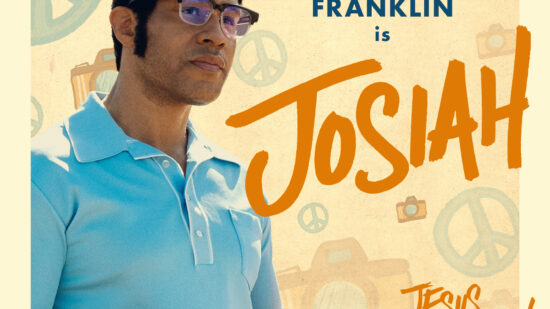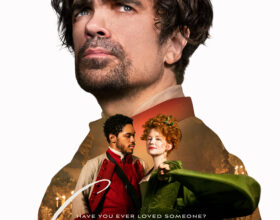Peter Jackson applies an amazing 21st-century spit shine to long-buried battlefield film footage in They Shall Not Grow Old. It is a documentary about World War I, recounted mostly and almost matter-of-factly in the voices of more than 100 long-dead British soldiers who endured the gritty horror of the Western front from 1914 to 1918.
Therein is the power of Jackson’s centennial presentation: There’s no celebrity narrating the tale, and those speaking out of recordings made in the 1960s and 1970s declare neither an ode to war nor a glorification of Allied triumphs. The soldiers simply tell their tales in mundane, everyday details so striking that you can hear, smell, taste and feel what they’re saying — boots that don’t fit, chlorine gas and the unmistakeable scent of decaying corpses wafting through the air, water chugged from gas cans in which the fuel couldn’t be thoroughly drained, tussling with rats for moldy biscuits two years old left behind by abdicating enemies. It’s told, not with an epic score of crescendoing classical music, but against the constant drumbeat of ground-rattling cannonades piercing the muddy trenches of western Europe.
Even though there’s also a 3-D version of the film, it’s hard to imagine it being any more stark than the 2-D version. If you thought the award-winning film All Quiet on the Western Front from 1930 painted a bleak and unflinching picture of “The Great War,” Jackson one-ups it by poring through 100 hours of video and 600 hours of audio housed at the Imperial War Museum and then technologically restoring — and in many places colorizing — footage that at first glance seemed unusable. Jackson invested four years in the making of the documentary because his grandfather, Sgt. William Jackson — to whom the documentary is dedicated — invested his blood and sweat. You never lose sight that the award-winning director has skin in the game.
The color makes them relatable to modern audiences. Jackson uses some of the same techniques that brought Lord of the Rings to life to bring dead soldiers back to relevance. We look into their weather-beaten and dentally-challenged faces, and yet they’re smiling, largely because the camera was such a newfangled invention that the soldiers being filmed are often staring back at us with a sense of bemusement at the curious contraption.
Sadly, we realize some of those filmed were killed only minutes after the camera stopped rolling; we’re witnessing their last moments on the planet. Their stories stun us: many of the soldiers recount eagerly signing up for battle, those too young lying about their age, with their recruiters fully aware and helping them fudge the numbers. Many didn’t feel any sense of heroism about their undertaking. “To us, it was just a job,” one soldier said.
And when it faded away, with a whimper and no celebration, what was it all about? What did they learn but how useless war is and why would anyone want to go through this again? They returned to peacetime as if freshly unemployed, unskilled in the world for which they’d fought. Many had to learn anew what upright posture was like because after years of crouching in the trenches beneath whizzing bullets, as one soldier said, “We were amazed we could stand up straight and not get shot.”
This documentary is a stunning, but important trip down nightmare lane, and if the subject matter is inescapably uncomfortable, it takes no pleasure in it. It merits the Dove-approved Seal for Ages 18+, with a note that some of the soldiers who signed up for the war hadn’t even reached that age.
The Dove Take
Soldiers from 100 years ago don’t spare us the gory details of war in a cautionary tale as valid today, in the age of wars and rumors of wars, as it was then.





